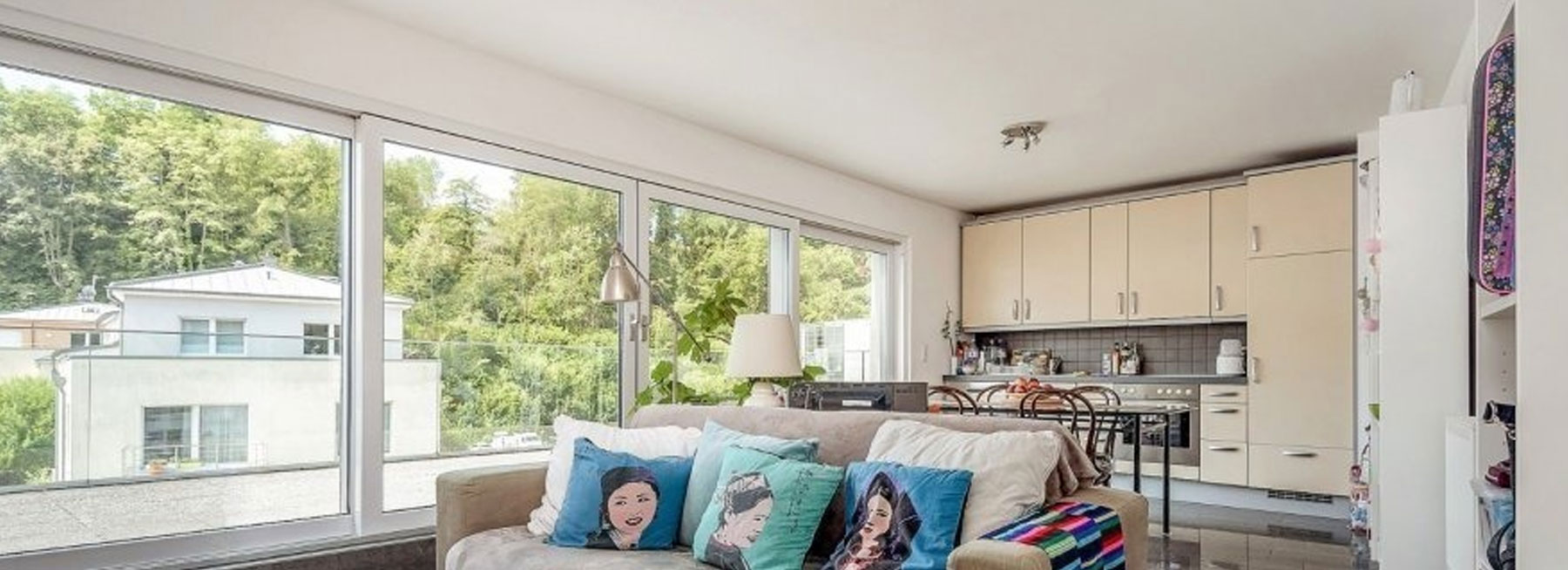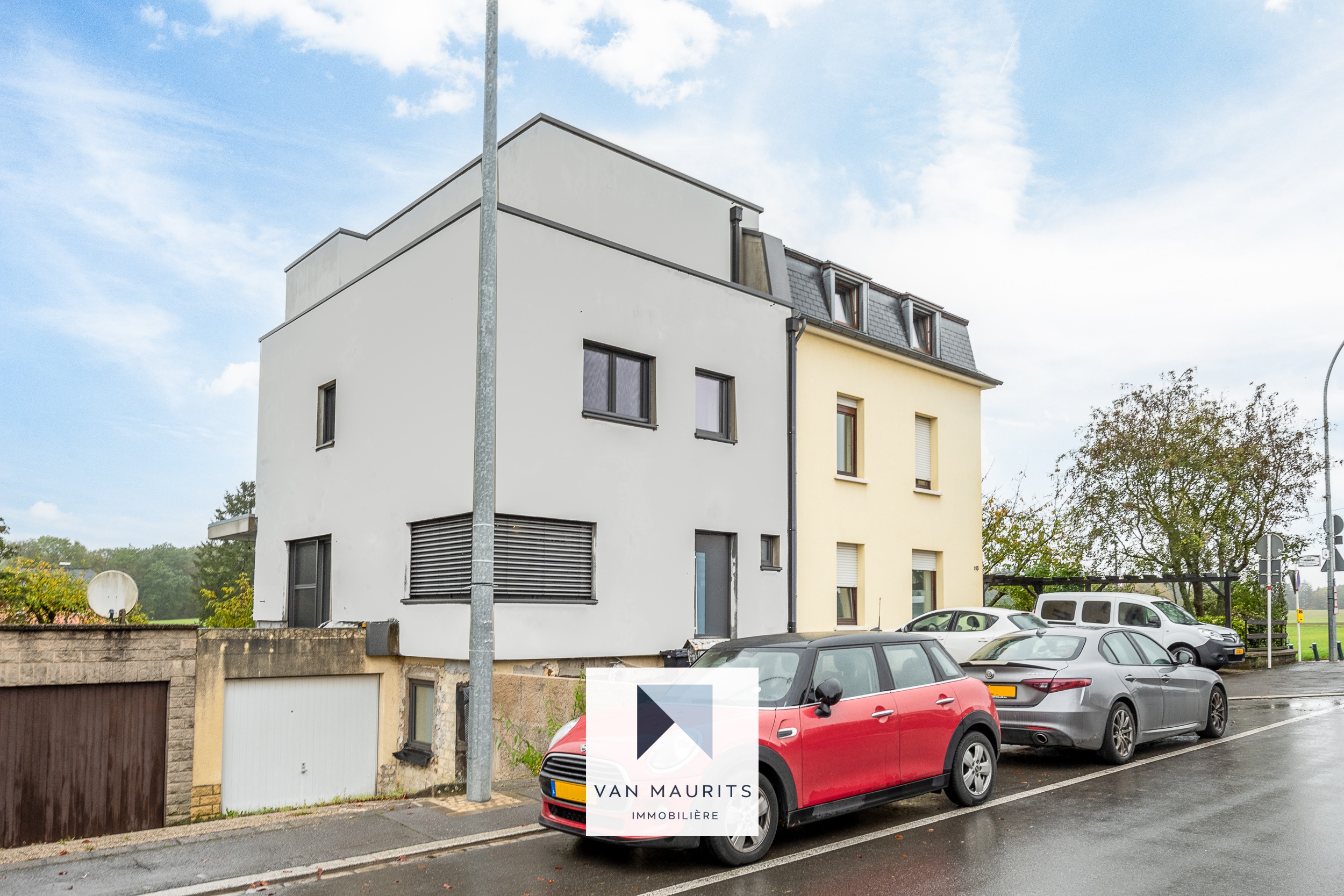STATEC’s latest report makes no bones about the fact that the Luxembourg property market is in crisis, putting an end to the upward cycle that began in 2008-2009 (and the financial crisis we all know about by now), and to the policy of low interest rates that followed over the last decade.
Since the euphoria that the years 2020 and 2021 represented for the market, sales volumes have fallen sharply, and between the 2nd quarter of 2022 and the 2nd quarter of 2023, the house sales price index, which includes existing homes and homes under construction, fell by 6.4%.
As our various blogs have often pointed out, it is above all central bank policy, i.e. the increase in key interest rates, that is behind these falls. The latter have a direct impact on the rates commercial banks charge their customers to buy property. As interest rates rise, the number of potential buyers falls.
These rates had been kept historically low for years, but the return of inflation forced a tightening of this monetary policy, with the result that since mid-2021, rates have risen steadily.
If we look at the historical data, as the STATEC report graphically reminds us, a continuous rise in interest rates following more moderate rates inevitably leads to a fall in the number of transactions and ultimately to a fall in property prices.
The falls have been more or less brutal. We are still a long way from the levels of 2008-2009, a period during which rising interest rates led to defaults on property loans and a fall in property prices, rendering the famous ‘subprime’ securities worthless and gradually leading to the collapse of financial institutions with excessive exposure to the latter. The fall comes as no surprise and is relatively modest if we compare current prices with those post-covid, since the years following the health crisis were marked, as we said in the introduction, by almost unrealistic increases, with rises frequently approaching 15%. We are not close to getting back to pre-covid prices.
This report is a reminder that the economy, of which real estate is a part, operates in cycles, which means that price rises cannot continue indefinitely. After such sharp rises, a correction in prices was expected and necessary. Such increases were no longer sustainable.
Another important factor in the price levels seen over the past year has been the price of materials and, more generally, the price of construction. There has been inflation and even shortages of materials, which has contributed to a sharp rise in the construction price index, which has been reflected in the prices charged for VEFAs in Luxembourg (if costs rise, then in order to maintain a minimum margin, developers also increase the prices at which flats are sold to customers).
As a result, prices per m2 have continued to rise in recent quarters, even though transaction volumes are lower and demand is generally lower. The report also puts this episode into perspective by pointing out that rises and falls in property prices in Luxembourg are commonplace, and form part of the cycles we mentioned earlier. So what are we to make of this situation? Above all, we need to adapt to the situation. Accept the reality that the market is falling. In practice, this means that accurate and realistic property valuations are more necessary than ever.
In this context, we cannot afford to overvalue a property or expect sums from the market that do not correspond to the reality of current demand. The valuation of the property by Van Maurits Immobilière, based on the land, the size, the age, the energy class and the standard of the property, gives you a precise idea of the value of your property. This evaluation is also compared with recent and similar advertisements on the market, and not with STATEC data, which is sometimes far from it, and Van Maurits Immobilière’s experience in this area. Of course, our commissions are reduced if the sale price of the property is lower, but the objective is to sell the property without underestimating its value.
Openness to negotiation is also essential, and to achieve this, the support of property professionals is needed to bring all parties to an agreement and avoid any undervaluation, while at the same time making exchanges more fluid and enabling a transaction to be concluded. Let’s not forget that these cycles mentioned above are by definition temporary, and this in no way calls into question the long-term dynamic of Luxembourg property, which still has a bright future ahead of it.
Luxembourg’s population continues to rise and remains associated with a labour market that is still expanding, with the end of health restrictions (and the introduction of tax restrictions on teleworking) having put an end to the only brake on population growth seen during the covid 19 crisis.
As for speculating on a rate cut in the near future, no one can read the future, but it is likely that 2024 will see the rise come to a halt and possibly decline very gradually over the last few quarters, as shown by European inflation which, according to the latest figures published, is at its lowest level for 2 years.
A large part of the current crisis has therefore probably been absorbed, and those with funds can make good deals on the Luxembourg market, by having greater negotiating power vis-à-vis sellers who will have to adapt to the current situation.
The cost of borrowing is high, but a fall in interest rates would leave room for possible renegotiations with the banks.
We also recommend that you read our blog on the different ways of approaching mortgage negotiations, to make sure you have every chance on your side.
An article by Van Maurits Immobilière.



